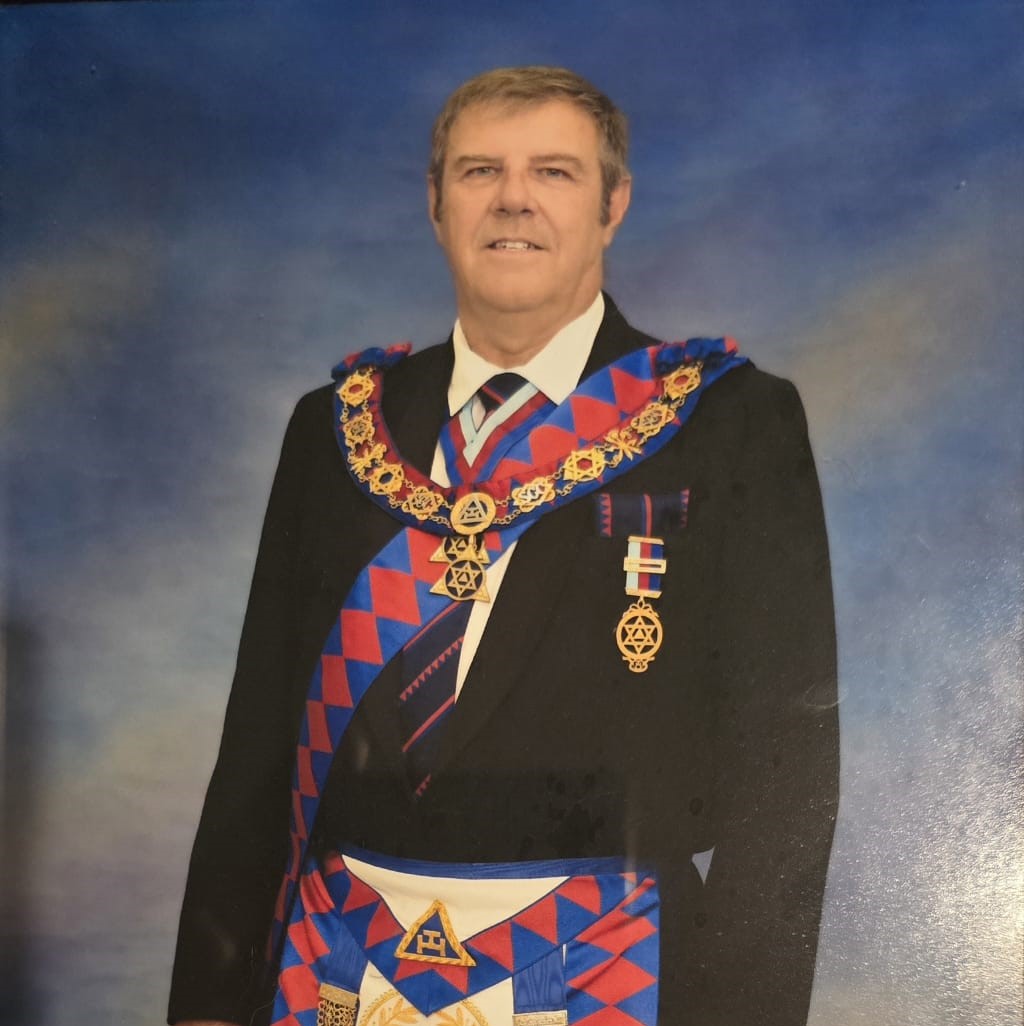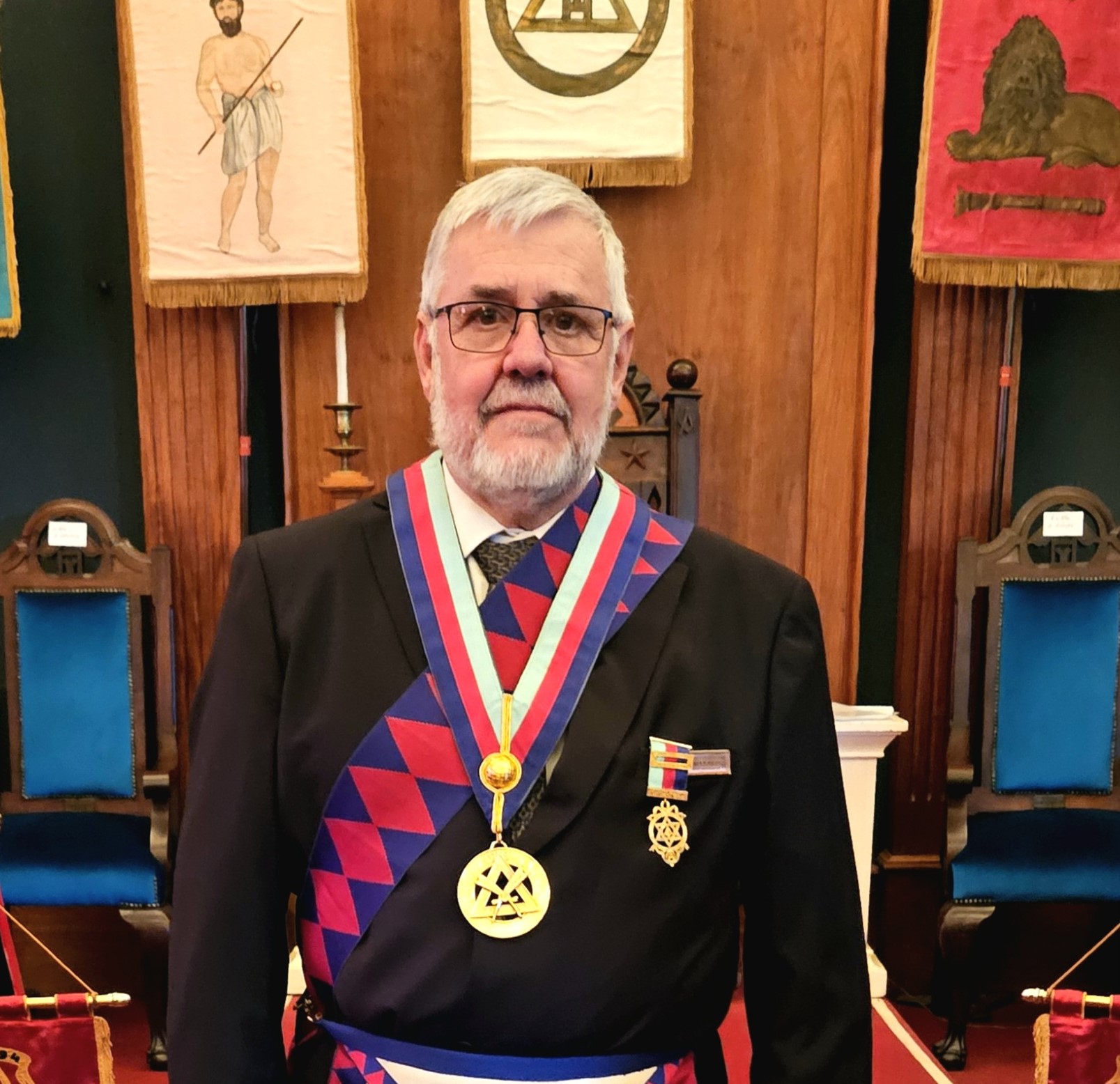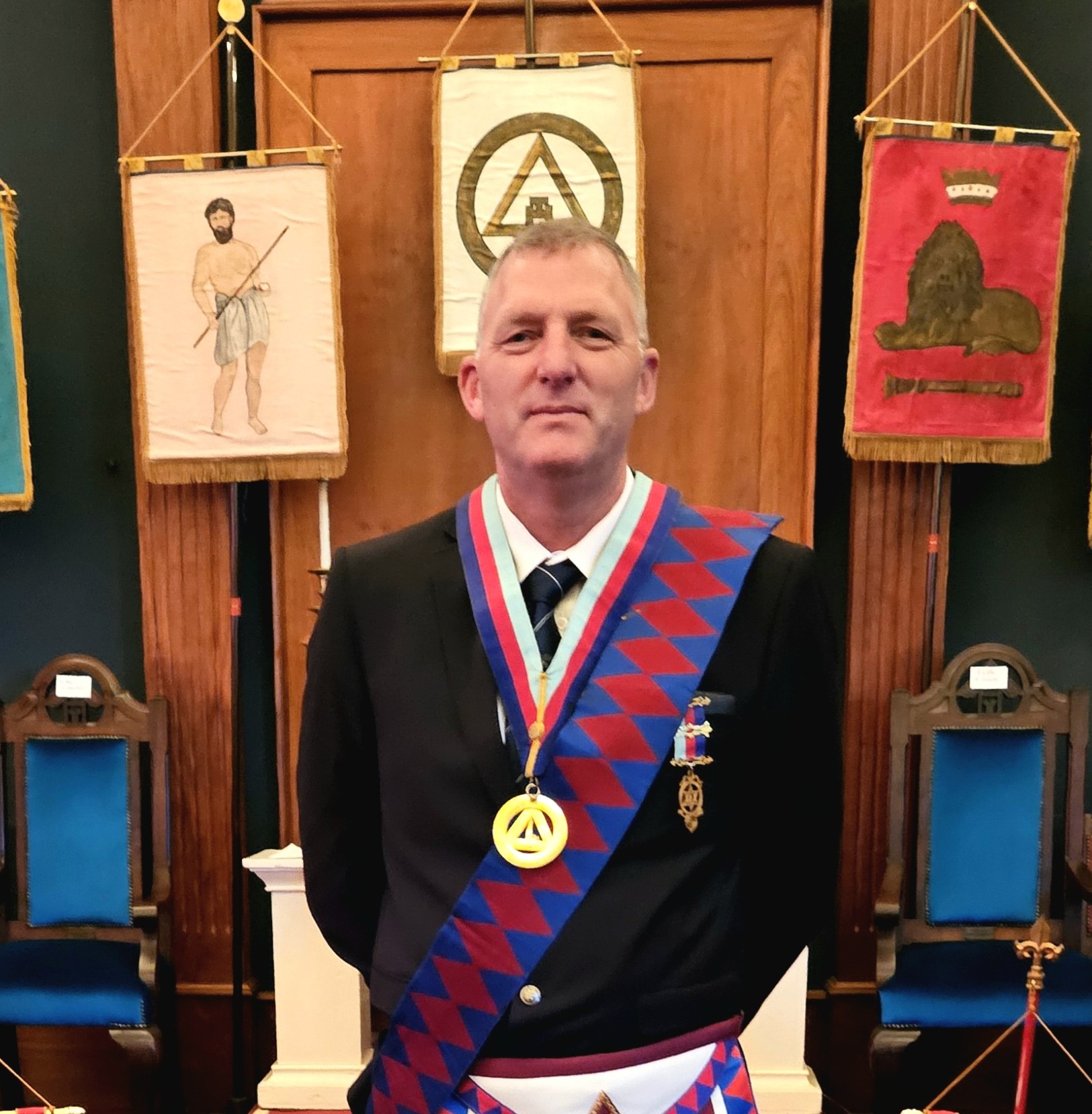The Executive – The Royal Arch
WHAT IS ROYAL ARCH MASONRY?
Put simply, it is a continuation of Craft Freemasonry. Its members, called Companions, meet in a Chapter under a Grand Chapter. Chapters are ruled over by three Principals, who rule conjointly, and the Grand Chapter is ruled over by three Grand Principals, with a Pro First Grand Principal when the First Grand Principal is a Royal Prince, as at present.
Chapters in England and Wales are grouped as a Metropolitan area or in Provinces (based on the old Counties) and Chapters overseas are grouped in Districts. Metropolitan, Provincial and District Grand Chapters are ruled over by a Grand Superintendent who is appointed by the First Grand Principal as his personal representative for that particular area.
ORIGINS
As with Craft Freemasonry, there is debate as to the origins of the Royal Arch, which is not helped by the paucity of surviving evidence. From that evidence we learn that the Royal Arch was known in London, York and Dublin by the late 1730s. From Lodge Minute Books of the 1750s we know that the Royal Arch was being worked within Craft Lodges under both the premier and the Ancients Grand Lodges in England, and also in Lodges in Ireland and Scotland. In the Grand Chapter archives there is a Minute Book of an independent Chapter meeting in Soho, London on 11th June in 1766 at which the Grand Master of the premier Grand Lodge was exalted. The Grand Lodge now regarded the Royal Arch as an innovation, additional to the Craft, and began to object to its being worked in Craft Lodges. The next month, the same Chapter, by way of a Charter of Compact, converted itself into The Excellent Grand and Royal Chapter of the Royal Arch of Jerusalem, the first Grand Chapter in the world.
ROYAL ARCH REGALIA
During the exaltation ceremony, the Companion is invested with the apron, jewel and sash of a Royal Arch Mason. The ribbons and the background to the Royal Arch logo are in white. As he progresses to the Third Principal’s Chair, they change to dark red and in due course, if appointed to Provincial rank (usually three years after vacating the First Principal’s Chair), they change again to dark blue, with the addition of a collarette with the appropriate jewel attached. Those who are appointed to Grand rank will have a larger apron with a full diamond border and a wider banded collarette and appropriate jewel.
It is worthy of note that the Royal Arch jewel is the only non-Craft item of regalia which may be worn in a Craft Lodge.
IN CONCLUSION, THEN, BRETHREN:
The Holy Royal Arch is (now) a separate Order from, but inextricably linked to the Craft, and it is regarded as the next natural step for a Mason to take after being Raised to the Third Degree, before branching out into the many other avenues of Freemasonry open to him.
E Comp Wayne Norman Johnson
Grand Superintendent


E Comp Frans Cornelius Alwyn Roodt
Deputy Grand Superintendent
E Comp Karl Michele
2 nd District Grand Principal


E Comp Derek Egerton
3rd District Grand Principal
E Comp Ronald Thomas Potter
President of the Board of General Purposes


E Comp J.P.H.M (Patrick) Macquet
District Scribe E
E Com James Robin Howard
District Grand Treasure
